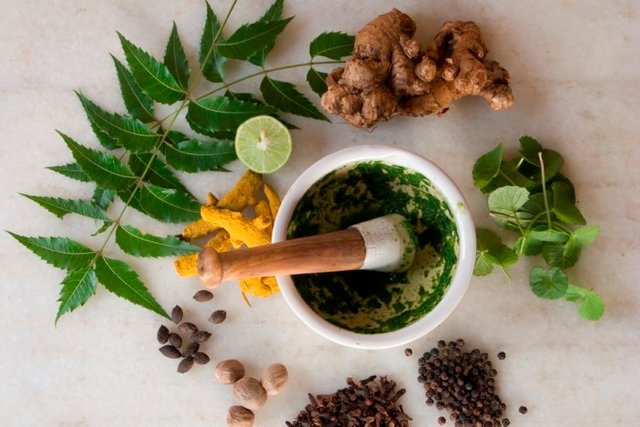Herbal Remedies and Children (Part 2 of 5)

Herbal remedies come from plants. Different parts of the same plant can be used for different conditions, can be more effective than other parts of the plant, or toxic. For example, tinctures made from Echinacea for colds and flu can be made using the aerial part (leaves & flower) or the root. Studies show that medicines using the aerial parts are less effective; in this instance using the tincture made from the root would be more effective.
Herbal medicines also come in various applications, such as teas, powdered capsules, tinctures, essential oils and homeopathic remedies (not all homeopathics derive from herbs but other natural ingredients such as minerals and so on). Just as different parts of the plant can have different effects so can the way an herb is administered. For example, peppermint tea can be used to assist digestion, while peppermint oil can be dabbed on temples to ease headaches.
Herbal medicines also have contraindications, such as drug or other herb interactions, may aggravate other conditions or be allergenic in certain people. Here is a great example of contraindications, Ginseng in high doses can cause insomnia and high blood pressure, in combination with caffeine as seen in many energy drinks it can cause heart palpitations and should be avoided in pregnancy. Let’s not forget proper dosages. Plants, in general, are very gentle medicines, side effects are minimal, however, improper dosage of some plants can be serious and have major medical consequences.
These are just some of the things one needs to take into consideration when using an herbal remedy. On top of all these considerations is the requirement of the individual, looking at the whole person instead of just the symptoms one wants to address. We can use herbs to reduce symptoms but not eliminate them so they are tolerable in situations where the symptoms are the way the body is working to heal itself such as in the case of viruses and infections, where more focus should be on boosting the body’s ability to fight the infection or virus. For example, one would reduce a dangerously high fever to the point where it is safe but never eliminate the fever as this is the way the body fights viruses and infections. In other situations, we look at the underlying cause of symptoms and use herbs to address the reason behind the symptoms and may or may not add in some herbs to soothe the symptoms depending on the situation and the individual’s needs. In the end, the symptoms should not be the focus of herbal treatments but a gauging method to be sure the program is working or if adjustments need to be made. When we are looking at deep-seated root causes, herbal treatment can take a while to be effective and herbal therapy may last for quite a few months. Steady and careful wins the race in this situation. In instances where we are dealing with viruses and infections, we look for improvement in symptoms within 72 hours. If there is no improvement, then it’s time to seek out one’s primary health practitioner.
This is why it is important to consult a health practitioner who is trained in herbalism and can guide you in finding the right herbal program for your child, whether it’s for a cold or something more complex.
Now that I have given you some things to consider before self-prescribing herbs for your family, I would like to discuss some of the more common methods of administering botanicals to your children and why they are preferred methods. I will be discussing these in part 3, 4 & 5 of this series.
Dana Clark, CNHP, CHC, CHN, CLE